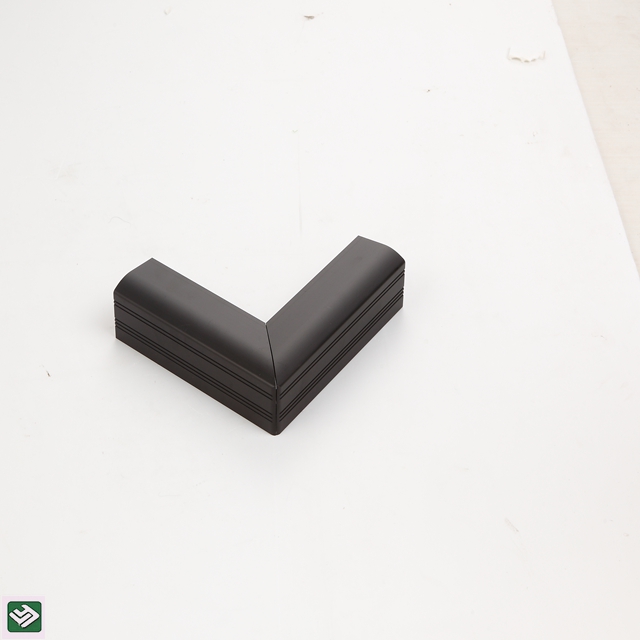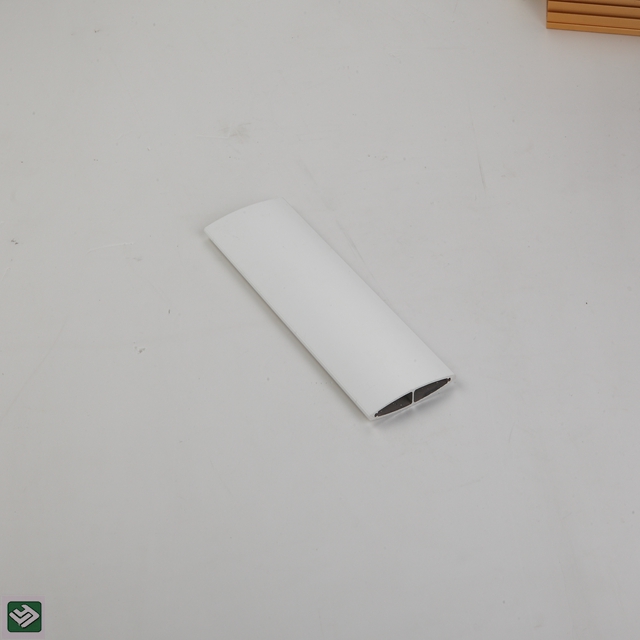1. Basic properties of aluminum
Silvery white, it can form an oxide film to prevent metal corrosion in humid air. It has a relative density of 2.7g/cm3, a melting point of 660°C, and a boiling point of 2327°C. It has high specific strength, good electrical and thermal conductivity, and high reflection. properties and oxidation resistance.
2. Type
Profile categories: aluminum profiles, aluminum pipes, aluminum rods, etc.
Plate type: aluminum plate, aluminum foil, aluminum strip (coil)
Casting categories: aluminum castings, aluminum granules
3. Commonly used types
The first digit of the grade indicates the aluminum alloy series, the second digit indicates the modification of the original aluminum alloy, and the last two digits indicate the purity of the aluminum alloy in the same group.
1100: For processing, good formability and high corrosion resistance are required, but high-strength parts are not required. For example, storage containers, thin plate processing parts, deep-drawn concave vessels, heat exchangers, printing plates, nameplates, reflective equipment, etc.
2011: Free-cutting alloy, with good machinability and high strength, but poor corrosion resistance. It is suitable for volume shafts, optical components, screw heads, screws, and other machining products that require good cutting performance.
3003: It has the properties of 1xxx series alloys but has higher strength than 1xxxx series alloys, such as kitchen utensils, food and chemical product processing and storage devices, tanks, and tanks for transporting liquid products, and various pressure vessels and pipes for sheet processing.
4A01: High silicon content, heat-resistant, wear-resistant, construction materials, mechanical parts, forging materials, and welding materials.
5052: The most representative alloy with medium strength (5083 is the highest), with good corrosion resistance, weldability, and formability, especially high fatigue strength and good seawater resistance. It is used to manufacture aircraft fuel tanks, oil pipes, and vehicles, Ship sheet metal parts, instruments, street lamp brackets and rivets, hardware products, etc.
6061: Heat-treated corrosion-resistant alloy. Treatment with T6 can have a very high endurance value, but the strength of the welding interface is low, so it is suitable for screws, ships, vehicles, and land structures.
6N01: Medium-strength alloy for extrusion. It can be used to make large, thin profiles with complex shapes. It has good corrosion resistance and weldability. Applicable to vehicles, land structures, and ships.
6063: A representative alloy for extrusion. Its strength is lower than 6061. It has good extrudability. It can be made into profiles with complex cross-section shapes. It has good corrosion resistance and surface treatment properties. It is suitable for building highway guardrails, vehicles, furniture, and home appliances. Products and decorations.
7072: The electrode potential is low. It is mainly used for anti-corrosion covering leather materials. It is also suitable for radiators of heat exchangers, aluminum foil, and extra-thin strips of air conditioners.
7075: One of the highest strength alloys among aluminum alloys, but poor corrosion resistance. Covering it with 7072 leather can improve its corrosion resistance, but the cost increases. Suitable for aircraft, ski pole thick plate forgings.
Material selection examples:
·The product is required to be relatively hard, and the surface treatment is coarse wire drawing or coarse sand surface. Choose 5000 series aluminum alloy. Commonly used: 5052
·For products with high surface treatment requirements and no sand holes or traces of profiles, choose 6000 series aluminum alloy, commonly used: 6063/6061
·The product requires a low price and needs to be re-examined in terms of tensile shape. Choose 2000 series pure aluminum. Commonly used: 2011
·The product has high strength and hardness and needs to be used in load-bearing structures. Choose 7000 series aluminum alloy. Commonly used: 7075
4. Surface treatment of aluminum materials
1. Anodizing after sandblasting or brushing
2. Electrophoresis painting
3. Powder coating and fluorocarbon coating after polishing
4. Polished mirror and then electroplating
5. Wood grain heat transfer printing
6. Polymer PVC coating
Aluminum profiles are aluminum tube materials with different cross-sectional shapes obtained by hot melting and extruding aluminum rods. The molding process mainly includes five processes: casting, extrusion, cutting, CNC washing and cutting, surface pretreated, and coloring.
Titanium plating and electrophoresis processes are the most expensive, followed by wood grain thermal transfer, anodizing, and finally coating. The specific price is subject to the manufacturer's quotation.
The main applications of aluminum profiles are as follows:
1. Architectural aluminum profiles (doors, windows, curtain walls)
2. Heatsink aluminum profile
3.General industrial aluminum profiles: mainly used in industrial production and manufacturing, such as automated machinery and equipment, skeletons, etc., and can be customized by mold opening.
4. Aluminum alloy profiles for rail vehicle structures: mainly used in rail vehicle body manufacturing.
5. Decorate aluminum profiles, make them into aluminum alloy frames, and frame various decorative paintings.
6. Appearance aluminum profiles are mainly used in home appliances or communication industries, such as mobile hard drives, mobile power supplies, TVs, monitors, etc. for internal structure and appearance decoration.
6. Aluminum plate
Thin sheet (aluminum sheet)0.15-2.0mm
Conventional board (aluminum sheet) 2.0-6.0mm
Aluminum plate 6.0-25.0mm
Thick plate (aluminum plate) 25-200mm
Extra thick plate 200mm or more
Single-layer aluminum plate
The finished aluminum shell is completed in three processes: metal stamping die stretching, surface pretreatment, and coloring.
Polymer thin film aluminum plate
There are requirements for the molding slope, not easy to stretch, the material is not suitable for corrosion, super weather resistance, various colors, easy maintenance, etc.
Suitable for electronic product casings, home appliance casings, etc.
Aluminum plastic composite panel
It is a new type of material that is composed of a surface-treated and painted aluminum plate as the surface, a mixture of polyethylene and polypropylene plastic as the core layer, and processed through a series of processes.
It is suitable for building curtain wall decorations, ceilings, buses, trains, subways and rail transit vehicles, commercial transport vehicles and container truck bodies, shipboard buildings, billboards, and interior decoration projects.
Aluminum parts are used to decorate the shell of the product, which has a high tensile surface. The material is generally 0.4-0.8mm thick, grade 6063/6061, or pure aluminum.
Use aluminum parts to make functional shells, with bottom stretching and bending structures. The material generally uses a thickness of 0.8-1.2. Choose a harder grade 5052/7075, or a special grade.
When using aluminum parts to make electronic product enclosure, it is necessary to laser engrave the oxide layer and then conduct conductive grounding, because the oxide layer after anodized is not conductive.

